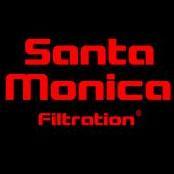Mega Powerful Nitrate and Phosphate Remover - DIY!
-
Topics
-
Latest Update
-
0
WTS: ultra meat corals (Trachy, Prata)
WTS the following meaty corals, part of decomming process. All puffy and colorful. Definitely not low grade. Collection at Hougang. WhatsApp 96514902 $200 $90 $70 $60 $230 -
0
WTS Crocea clam
wts Crocea clam, around 3 inch collection :381126 Contact : 91523736 $35 -
2
-
11
Decom sales
WTS Hailea HK-300A chiller. (Retail at $660+) pm offer. These are the specifications of Hailea HK-300A: Power: 1/4HP Voltage: 220-240V Frequency: 50Hz Working Current: 1.8A Tank Capacity: 300L (recommended) Refrigerant: R134a Flow Rate: 1500-3000L/h Weight: 18.6kg Dimensions: 457 x 330 x 430mm -
1
-






Recommended Posts
Join the conversation
You can post now and register later. If you have an account, sign in now to post with your account.